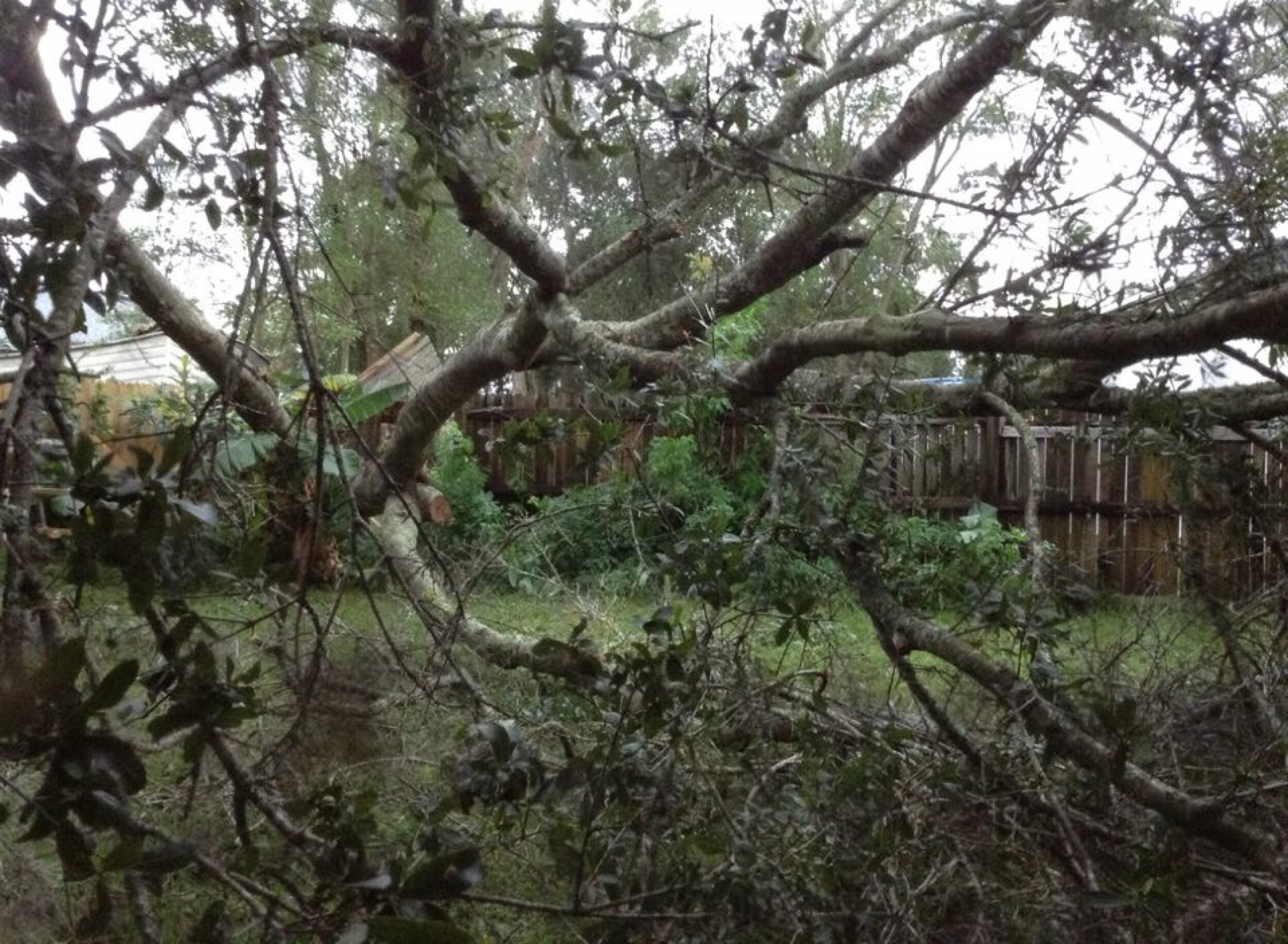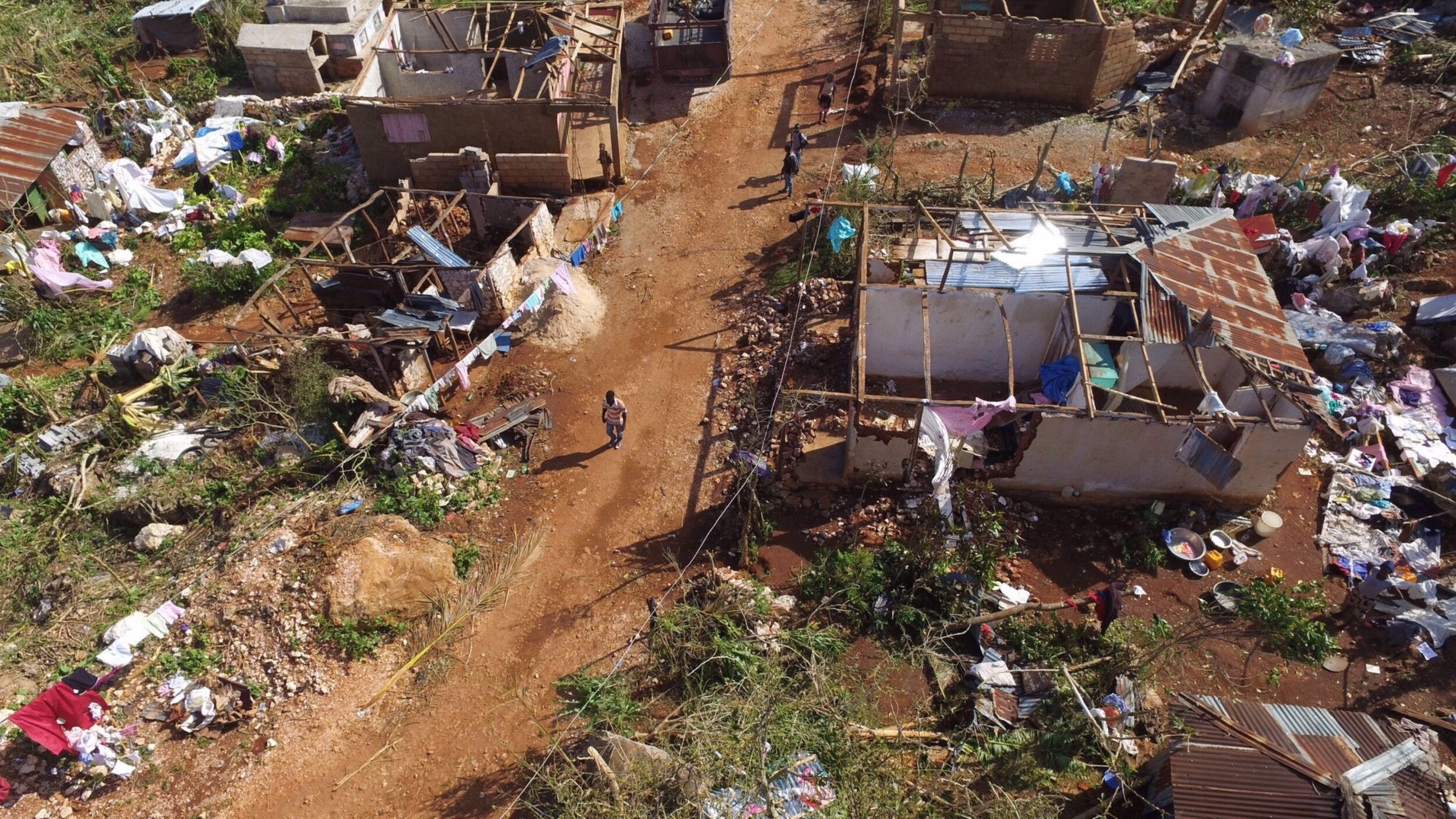Hurricane Matthew was a force to be reckoned with as it was the strongest and deadliest hurricane for this hurricane season. Like most hurricanes, it first appeared as a system on the Western coast of Africa as it amplified in strength over the warm Caribbean Sea. Its monstrous strength cause damages to infrastructures and has taken over 800 lives in Haiti, according to CNN.
Hurricane Matthew first came in existence southwest of the Cape Verde Islands Sept. 25; Five days later, Matthew was categorized as a Category 5 hurricane, the strongest hurricane in this year’s hurricane season. It was predicted to directly hit Jamaica, but hours before it diverted its path towards Haiti, where the Southern side was devastated by the hurricane.
Kemoi Bryan, a senior engineering student at University of Technology (UTech) in Jamaica, stated that some people were prepared for the Category five hurricane to hit them.
“We [Jamaica] got some rain especially in the Eastern part of the island which leads to flash flooding,” said Bryan. “Overcast skies and windy conditions didn’t last long because the hurricane shifted.”
If the storm had struck Jamaica, it would have been the deadliest storm to hit the country next to the 1988 Category 5 hurricane Gilbert where it left 500,000 people homeless and over 200 persons dead.
Jennifer Delgado, a weather presenter, stated on air that children in Haiti eat trees. A famous quote she stated when discussing the deforestation in Haiti, “even the kids there, they’re so hungry; they actually eat the trees,” sparked controversy, and backlash ensued on social media. A freshman business major from Haiti, Christian Supreme, denied that this remark made by Delgado is true.
“A lot of people think we live like savages. Pretty many people highlight the worst part of Haiti and they portray it was off,” Supreme said.
With numbers of the deaths escalating to 800, according to CNN, the total number of casualties are still not known. According to Time Warner Cable News, there are “many hard hit, remote areas are unreachable, as roads are impassable, and telecommunications do not exist.”
“A few [casualties are]missing that authorities’ are still looking for,” said Supreme. “A lot of near water properties were destroyed, along with flooded streets and cities.”
Matthew directly passed over Haiti’s Tiborn peninsula with wind speeds up to 230 km/h crushing not only homes and lives but the natives’ hopes of recovery, according to CNN.
This is another natural disaster that struck Haiti in the last decade. Previously, on Jan. 12, 2010, to be exact, Haiti suffered an earthquake with a magnitude of seven on the Richer Scale. Christian agreed that the effects of the earthquake still remain and that there are many problems still exist, like diseases and damage to the island’s infrastructure.
“The effects are still there … cholera was never eradicated. We just had less cases and some cases weren’t reported,” said Supreme. “No more people [are]living in the tents, but there are a lot of empty [plots]of lands where old buildings used to be because they were never rebuilt. And some buildings are still weak and awaiting reconstruction, but [for the]most part we are doing very well infrastructure wise.”
Haiti is known not only for being the poorest country in the Western Hemisphere but also for being the first black Republic in 1804. Many people think that Haiti’s economic condition is as a result of its early independence, but Supreme thinks otherwise.
“Haiti’s early independence and early years, in general, is one of our [Haitians] most proud moments.”
The South Eastern, as well as part of Northern Cuba was affected by the storm. Cuba is said to have received up to 20 inches of rain. The eye of the Hurricane passed the eastern end of the country, destroying many homes and crops and resulting in landslide occurring as well. A lot of streets were unrecognizable as the debris of major land lines could not even withstand the strength of Matthew’s winds.
The Bahamas was the final Caribbean country that Hurricane Matthew hit, with the storm surging across the low lying areas of the archipelago.
“The hurricane did extensive damage to the areas lying near the beach and large water bodies,” said Gabrielle Stubbs, a Bahamian biomedical and health science major with criminal justice minor. “There was major structural damage, even in the capital Nassau where government buildings, gas stations, supermarkets, and homes were damaged severely.”
Hurricane Matthew visited five states of Florida, Georgia, Virginia and the Carolinas before heading back into the Atlantic Ocean as a Tropical Storm. The storm still reaped havoc in the United States starting with Florida, where it did a significant amount of damage.
Hannah Hanke, a resident of St. Augustine, Fla., explained that five trees completely demolished houses and many power lines and poles were down. Her grandparents did not evacuate, but their neighbors 40 ft. tree, fell onto of their house and knocked off the chimney box. Also, “the windows to the screened in the porch were torn so that we had to flood in the porch,” said Hanke.
For Cindi Goodeaux, the situation was different from Hanke’s because the hurricane did not affect Goodeaux’s family as much. In fact, Goodeaux received no damage to her house apart from her backyard.
“We had several trees downed and part of our fence blown apart,” Goodeaux said. “The trees were in the back of our property and so fell in our yard and onto our neighbor’s new fence.”
Goodeaux also explained that the residence was well prepared for the hurricane as many made a “mad rush” to the supermarkets before the storm hit. They had also charged their devices before the electricity was out to prepare. Also, 215,000 residents in a Goodeaux community was without electricity from Friday to Sunday morning, with AT&T users being without service, as of Oct. 9. The death toll in the U.S. had climbed to 27, according to ABC News.







